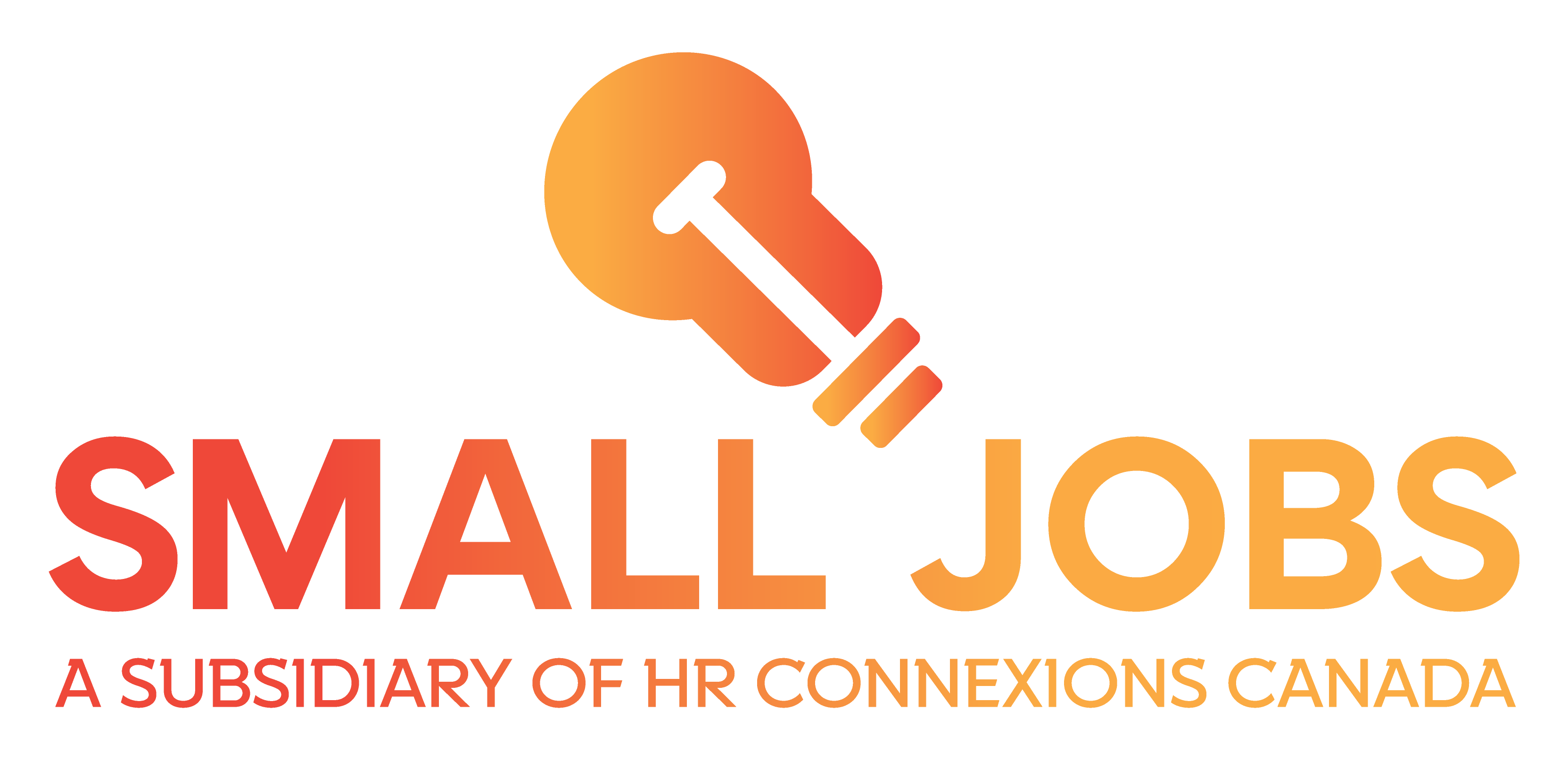Businesses are valued for a number of reasons. An accurate estimation has to be determined before the business is sold. Investors and potential business partners need this information to figure out whether it is worth their money. Business loans also requires a valuation.
A few methods can be used to evaluate businesses:
Adjusted Net Asset
The value of the business is determined by deducting all of its liabilities from its assets. The adjustment involves including intangible liabilities such as payments you are unlikely to receive from debtors potentially due to bankruptcy or depreciation of fixed assets.
Capitalized Cash Flow Method
The cash flow involves cash and cash-equivalents that come in and out of a business. Valuation through the Capitalized Cash Flow method involved dividing the cash flow for a financial period by the capitalization rate. The capitalization rate is a ratio of a business’s income to its operating cost, and is an estimation of the returns a buyer might get from purchasing the business.
Discounted Cash Flow
An alternative to the capitalized cash flow method is the discounted cash flow, which is useful for businesses that have an unstable cash flow. This method involves estimation of the time value of money, under the assumption that a certain amount of money is worth more in the future due to its potential to create more cash if it's utilized in the present. Even though the discounted cash flow is harder to calculate, it takes into account that the cash flow of a business can ebb or flow.
Seller’s Discretionary Earnings
Seller’s Discretionary Earnings is generally used when a small business is sold. It takes into account the income and expenditure accrued during a financial period before taxes and interest is taken into account. It is especially useful for small businesses that have constant operating costs.
Market-Based Evaluation
This method relies on the notion that businesses of similar sizes in the same industry and location, with the similar number of employees, operating hours and sales revenue will have the same value. When one of these businesses is put up for sale, its value is likely to be close to the value of a similar company. Valuation through this method is tricky and estimations are likely to be wrong since information relating to the operation of most businesses is confidential.



